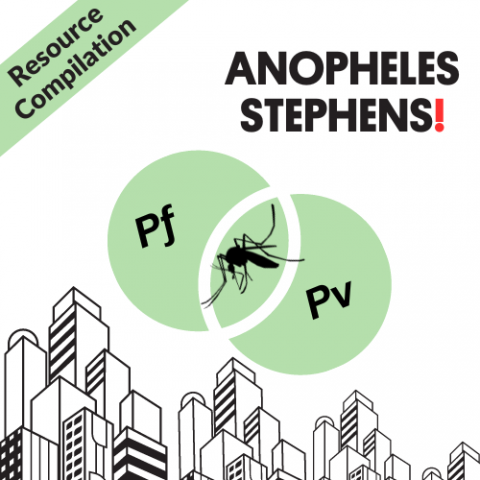Last Updated: 08/08/2024
Anthropogenic factors driving recent range expansion of the malaria vector Anopheles stephensi
Objectives
To examine the arrival, establishment, and spread of An. stephensi in northern Sri Lanka and analyze this in relation to anthropogenic factors that favor its range expansion.
An. stephensi is a potent urban and rural malaria vector. It has recently expanded its range within South Asia, the Middle East and Africa. This has the potential to cause a resurgence of malaria in Sri Lanka, which had eliminated malaria in 2013, and makes malaria elimination more difficult in other countries. The type form of An. stephensi, considered to be an urban vector, was observed to develop in cement water storage tanks and domestic wells in both urban and rural areas off the coast of northern Sri Lanka.
Larvae were collected from surveyed preimaginal habitats in Mannar and Jaffna in northern Sri Lanka. The habitat characteristics were recorded and the biotypes of the emergent adults (spiracular indices, ridges on egg floats laid by females), identified and DNA sequences of cytochrome oxidase subunit 1 (Cox1) genes determined. Self-mating laboratory colonies are being established for further genetic studies.
Jan 2015


